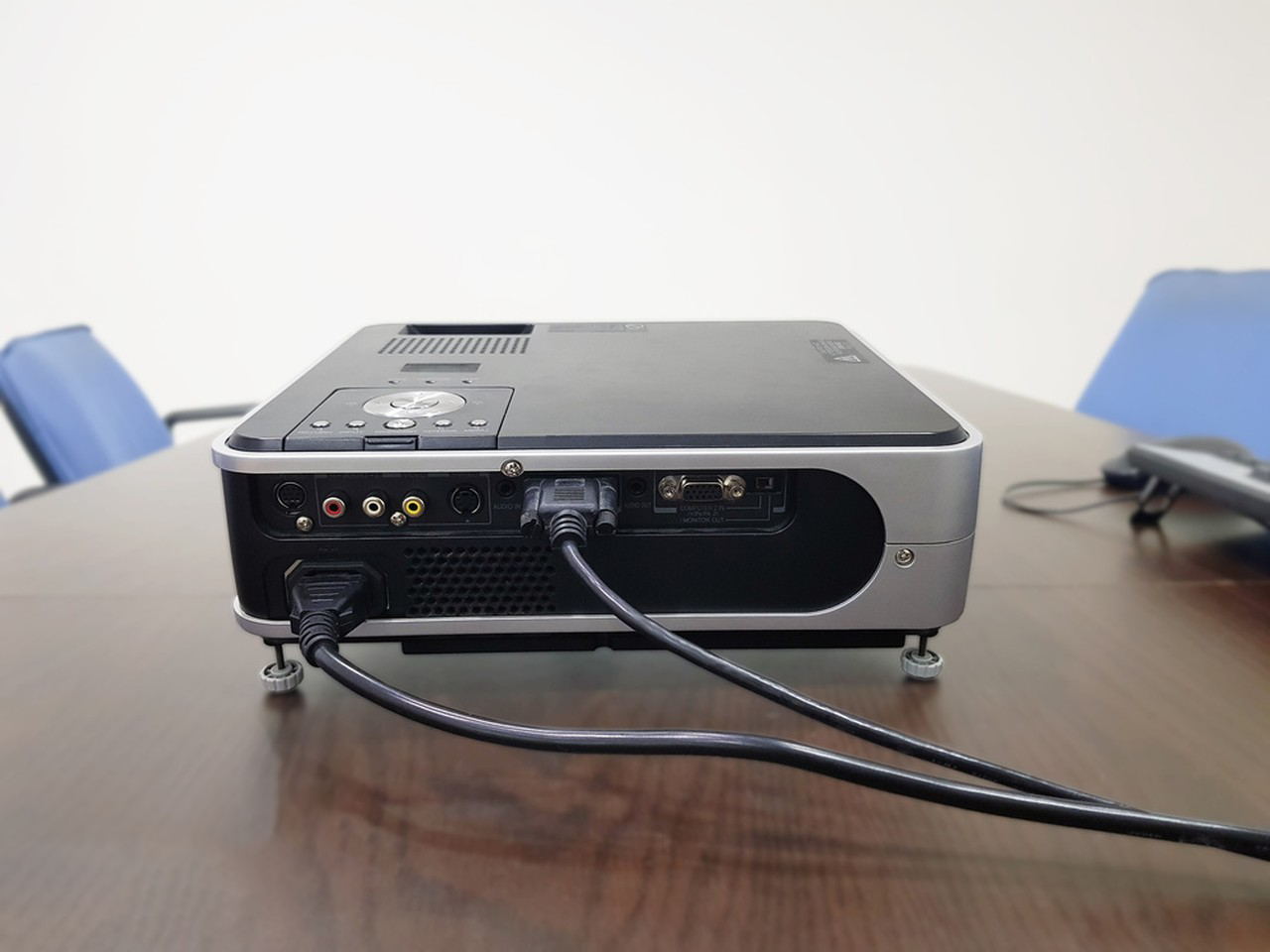With the continuous advancement of the electronics industry, mini projectors have become an efficient display tool widely used in offices, homes, entertainment venues, and more. With their portability and large screen display, mini projectors are gradually replacing traditional televisions and monitors, becoming essential for everyday entertainment, conference presentations, and more. However, with the development of projection technology, the heat dissipation issue faced by mini projectors has become increasingly prominent.
The heat dissipation in projectors not only directly impacts their lifespan but also affects user experience and device stability. This article will analyze the heat dissipation problems of mini projectors and their solutions, focusing on how effective thermal design can address issues such as overheating, noise, and dust prevention, helping users select and design more efficient systems.

Causes of Mini Projector Heat Dissipation Problems
The core working principle of mini projectors is to project an image onto a screen using a light source, typically an LED. LED light sources are favored for their low power consumption, high brightness, and long lifespan, making them the primary light source in mini projectors. While LEDs produce less heat, high brightness operations still generate heat. Over time, the projector body heats up, especially around the lens and light source, where heat accumulation is severe, leading to potential overheating.
As projection technology improves, many mini projectors now require higher brightness. While increased brightness improves display quality, it also introduces more significant heat dissipation challenges. Due to the compact size of mini projectors, effective heat dissipation must rely on efficient cooling systems.
Impacts of Heat Dissipation Problems
- Overheating Damages ComponentsIf the heat dissipation issue is not addressed in time, excessive heat can cause internal components to degrade or malfunction. Core components such as the projection chip, light source, and power module, when exposed to high temperatures over prolonged periods, will not only shorten their lifespan but may also cause system failure.
- User ExperienceOverheating can affect device stability and may even lead to automatic shutdowns to protect the circuitry, severely impacting the projector's usability. Furthermore, poor heat dissipation can make the projector surface too hot to touch, especially after prolonged use, diminishing user comfort.
- Noise IssuesTo accelerate heat dissipation, many mini projectors include built-in cooling fans. However, due to the small size of the device, high-speed fans are often used to enhance cooling performance. These high-speed fans generate noise, which can be disruptive, particularly in quiet environments. Therefore, controlling fan noise is a crucial design consideration.
- Dust IssuesDue to the limited internal space in mini projectors, the fan design is often closely integrated with the device structure. The fan's high-speed rotation inevitably draws in dust, which can impact the performance of the projection chip, lens, and light source. Dust accumulation over time not only reduces cooling efficiency but also affects image quality and can even damage internal components.
Solutions to Mini Projector Heat Dissipation Problems
To address the heat dissipation challenges of mini projectors, here are several key solutions:
- Optimize Cooling Fan DesignThe cooling fan is a vital component of the mini projector's thermal management system. Selecting an efficient and low-noise fan is crucial for heat dissipation. A high-efficiency fan rapidly expels internal heat, maintaining stable device operation. Balancing fan size, speed, cooling performance, and noise levels is key to designing an effective cooling system. The fan's material and construction must also be carefully chosen based on the operating environment to ensure long-term stability.
- Increase Heat Dissipation Channels and HeatsinksIn addition to the fan, a well-designed heat dissipation pathway and heatsink can significantly improve cooling performance. By increasing internal heat dissipation channels, heat buildup inside the device can be avoided, while appropriately designing the heatsink layout ensures that heat is quickly transferred to the exterior of the device.
- Use of Thermal Materials and Heat Pipe TechnologyFor high-heat areas, using thermal materials (such as copper, aluminum alloys) and heat pipe technology can effectively transfer heat to the exterior. Heat pipes can quickly move heat from high-temperature regions to lower-temperature zones, reducing the device surface temperature and improving overall cooling performance.
- Enhance Dust Prevention DesignMini projectors should incorporate dust filters or screens to prevent dust from entering internal components. A highly sealed structural design should be used to ensure that dust cannot enter the device through the fan or other pathways. Regular maintenance and cleaning of dust protection devices are necessary to ensure their effectiveness.
- Optimize Fan and Device LayoutAn optimized fan and device layout ensures proper airflow, facilitating more efficient heat removal. By calculating airflow paths precisely, designers can ensure that the fan covers all critical heat dissipation areas, thereby improving overall thermal efficiency.
- Intelligent Temperature Control SystemBy using intelligent temperature control technology, the projector can automatically adjust fan speed based on the device's temperature. When the temperature is low, the fan speed automatically decreases to reduce noise; when the device overheats, the fan speeds up to enhance cooling and prevent damage caused by excessive heat.
Ruiapple Electric Cooling Fan Solutions
As an industry-leading manufacturer of cooling fans, Ruiapple Electric, with 24 years of experience in cooling fan R&D, is committed to providing efficient and reliable cooling solutions for various devices. Our cooling fans offer exceptional thermal performance, low noise, long lifespan, and high reliability, meeting the cooling needs of mini projectors and other small electronic devices in high-temperature and high-pressure environments.
We understand that each device has unique thermal requirements, so we offer customized cooling fan solutions to ensure that each mini projector operates at optimal temperatures, enhancing device stability and longevity. Whether for home or commercial projectors, our products provide the best thermal management solution.






